The Back Story: Part 10 – Joan Levy Earle
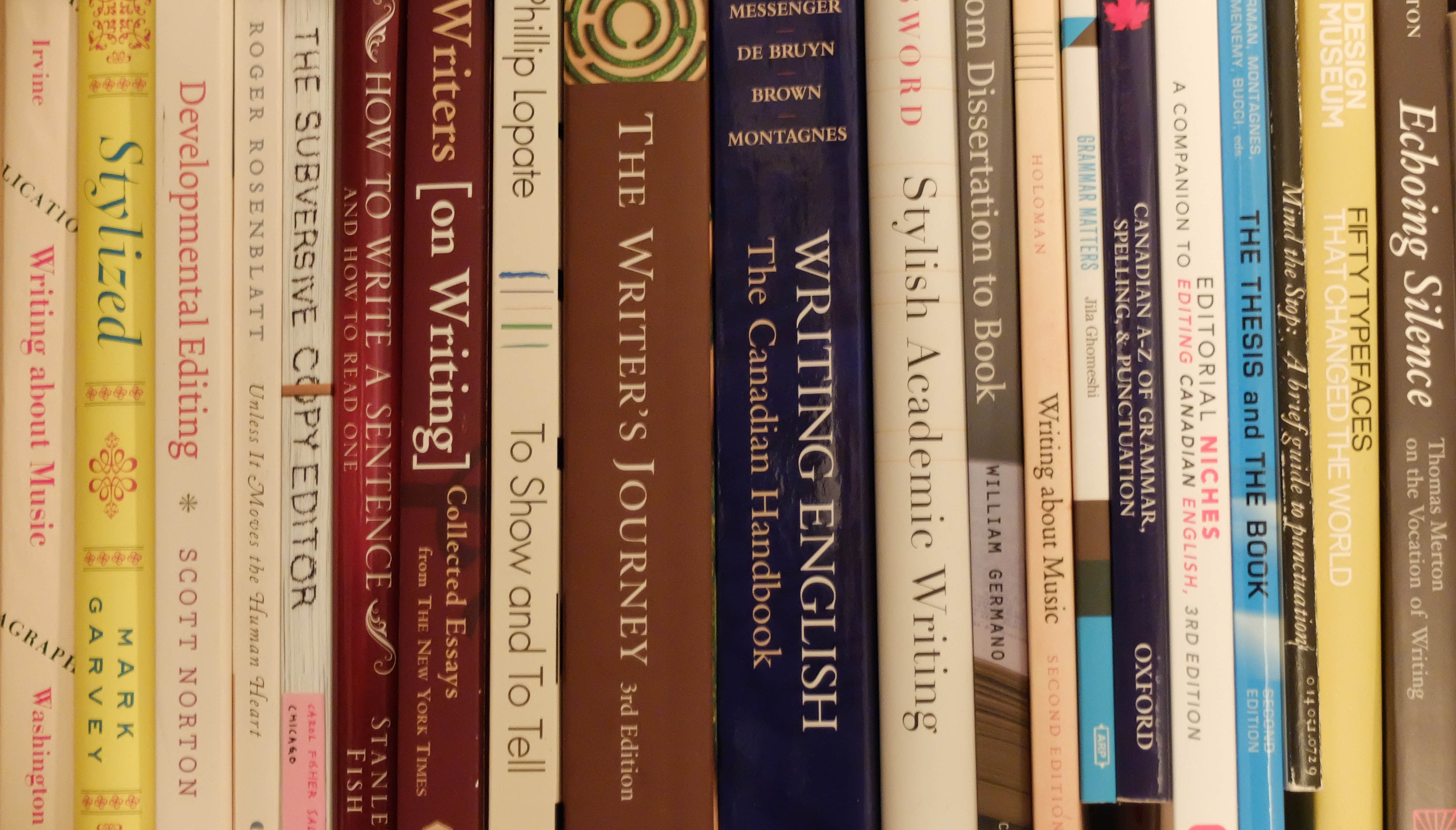
Back Story is a series about some of the regular contributors to igNation. It’s a series of short interviews with writers, their influences, how they go about writing, and what they hope their work for igNation will accomplish. The interviews address their approach to writing in general rather than an exploration of any particular piece they have authored for the blog.
Each of the participants in the Back Story series was interviewed by Kevin Burns by telephone. He asked each participant the same set of questions, plus a few more based on things that surfaced during their conversation. What follows is an edited version of a much longer conversation.
Because the igNation format has a limited word-count, each of the interviews in this series will include an additional audio component: “To hear more about [whatever the topic might be]: Click here.”
Today, it’s a long-time contributor to Catholic publications of all kinds, Joan Levy-Earle. A convert to Catholicism in her 20s, she became associate editor of The Canadian Messenger of the Sacred Heart, working alongside (and being mentored by) its long-time editor, the late Frederick Power, SJ. Mentoring looms large in this interview. Her insightful work, including the occasional poem, appears regularly in igNation.
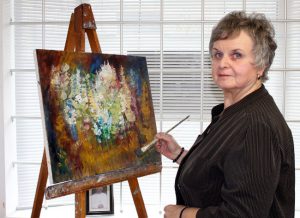
Joan Levy Earle. Source: Standard-freeholder.com
KB: Lovely to get to talk to you this morning, Joan. Let’s start with the question I’m asking everyone in this series. Tell me about the first time you ever saw a work of yours in print. What is that experience like?
JLE: That would be some time in the 1960s, a poem that appeared in an Albertan poetry book. There was a competition. I can’t remember the poem, but it was thrilling to see something I had written, something that other people were going to share.
My first “serious” and Catholic piece was with The Canadian Messenger of the Sacred Heart, at least thirty years ago now. I sent something to the editor, Fr. Power, and he accepted it. It wasn’t about the cheque – I think they paid 3 cents a word back then – it was the thrill of somebody saying: “We like this and we are going to publish it.”
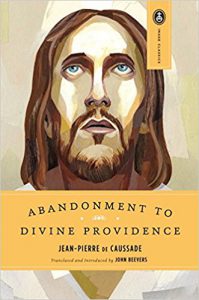
Source: amazon.com
Father Fred Power was major influence in my writing and publishing life. I was fortunate to be able to spend seven years with him as the associate editor, just before it ceased publication. As for that first article: I know I wanted to be a writer, wanted to be thought of as a writer. It took me a long time to feel comfortable writing about God and spirituality, probably because I was a convert to Catholicism.
KB: Many writers follow special rituals when they write, using certain pens, or special notebooks, a special chair, a certain time of day. Do you have any such rituals?
JLE: Yes, I do. Increasingly I respond to the Holy Spirit who tells me to “Do it now!” – It was Father Power who told me those three important words: Do it now. I find I’m most creative in the morning.
When I was caring for my late husband, and also writing a book, there many demands on my time. I would get up at 4:45 each morning as if an alarm clock had gone off in my heart. The angels must have woken me! I would be at the computer at 5, and at 8 o’clock my husband’s calls for assistance would begin and my three hours were up.
Those hours were my free writing time, without interruptions. This was also the time I could listen to the Holy Spirit the best.
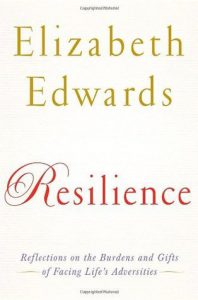
Source: goodreads.co
KB: Joan, you are an editor and a writer. Can you separate those tasks or do you edit as you write?
JLE: I have learned to put things to one side after I have written them. If I put them to one side I can go back a little later and see how to fix a word here and there. For example, I’ve been writing a small column every Saturday for my local paper, The Cornwall Standard Freeholder, for twenty years now.
It’s called “Hope Lines” and I swear it’s the smallest column in the history of journalism because it’s only three or four lines long! I write those when the Spirit moves me and I never worry that they are not going to come. I write them, put them aside, and then later look at them to see where and how I can improve them. The editor comes out in me later.
KB: You write for this Jesuit-based online publication. Tell me about your interest in things Ignatian.
JLE: Let me explain something about my own spirituality. The first book that I read that really got me excited about my faith was Abandonment to Divine Providence (1861) by Jean-Pierre de Caussade. I just loved the way he thought about giving everything to God: everything you, living in the moment, and all of that. It made life so easy to accept.
I only discovered years later that de Caussade was a Jesuit. Also, Fr. Power introduced me to the work of another Jesuit, Henri Ramière, who wrote The Apostleship of Prayer (1889). Now that’s a book I pick up and read from time to time when I need something serious to read, as well as the work of Opus Dei’s St. Josemaria Escrivá.
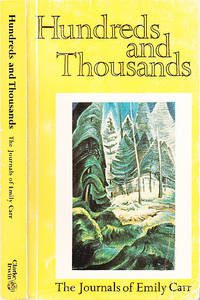
Source: biblio.com
It’s all about doing it now, getting it done, living in the moment, and basically, not complaining, but accepting. If we could just accept, every day, each thing that comes, the good and the bad, our lives would have so much more peace.
KB: Can you tell who the writers are who have influenced you most?
JLE: I don’t read as much as I probably should because when you are writing it’s hard to read unrelated things, but in addition to the writer’s I’ve already mentioned, there’s a Canadian poet, Wallace Havelock Robb who has a very special place in my life.
When I was 16, I wrote him a letter. I’d never read anything he had written but I saw an article about him in 1960 in The Toronto Star Weekly. It included snippets from his poems and I just loved them. I wrote to him, sent him two poems, and said: “Someday, I am going to let the world know who you are.”
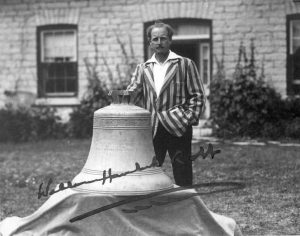
Photograph courtesy of the Guelph Public Library Archives, Wallace Havelock Robb (F26-0-0-0-13-2).
Somehow, we became friends. I now have I all of his poetry and recital books and for 16 years he was my greatest mentor.
[Click hear for Joan’s fascinating story about her 16-year mentorship from the Abbé of Abbey Dawn, aka: Wallace Havelock Robb (1888-1976)
KB: Although we could go much deeper into the life of Wallace Havelock Robb, it’s time for the final question which is a request: Tell me what books are on your bedside table right now.
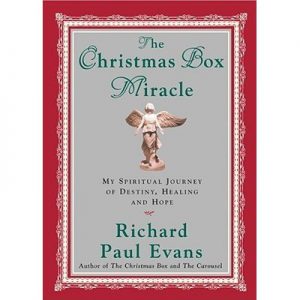
Source: goodreads.com
JLE: The Christmas Box Miracle – My Spiritual Journey of Destiny, Healing and Hope by Richard Paul Evans (2001). He wrote the Christmas book series that has sold millions, though when he began he had to photocopy and self-publish his first book until it was picked up commercially.
Then there’s Hundreds and Thousands – The Journals of Emily Carr (1933), and Resilience – Reflections on the Burdens and Gifts of Facing Life’s Adversities (2009) by Elizabeth Edwards, the late wife of former US Senator John Edwards.
Finally, Michael H. Brown’s, The God of Miracles (2005). I usually read things one at a time, so they are all still sitting there until I finish the Christmas Box book.




No Comments